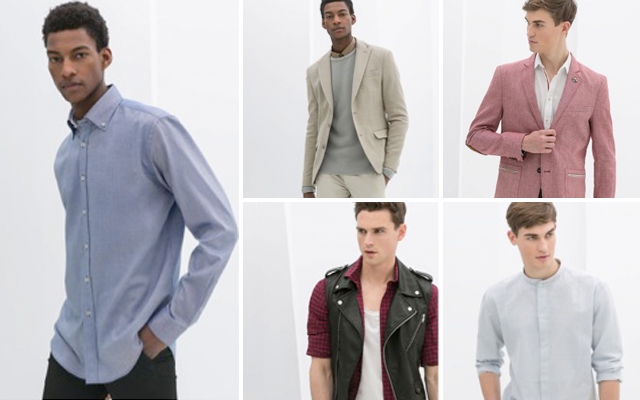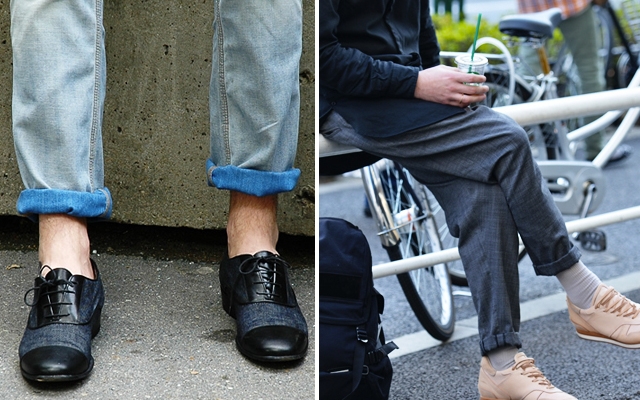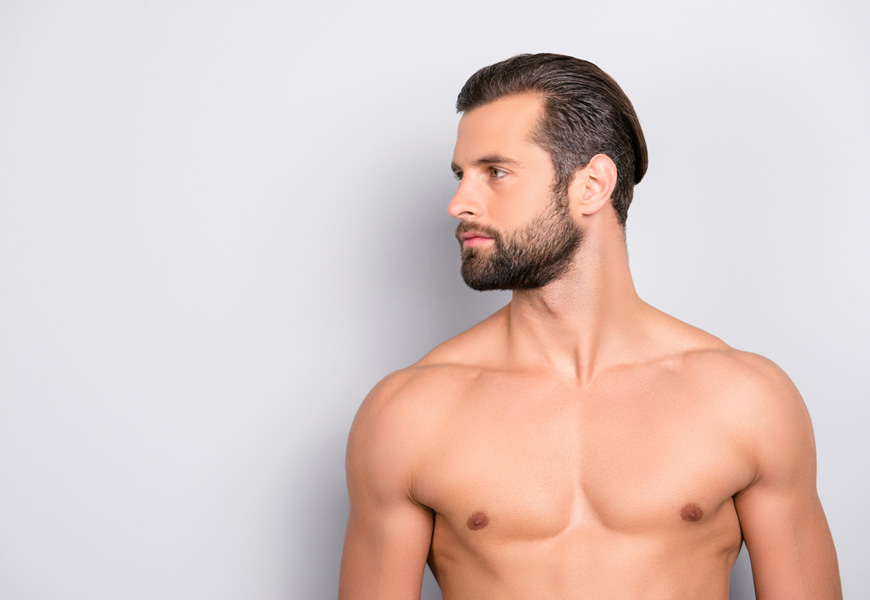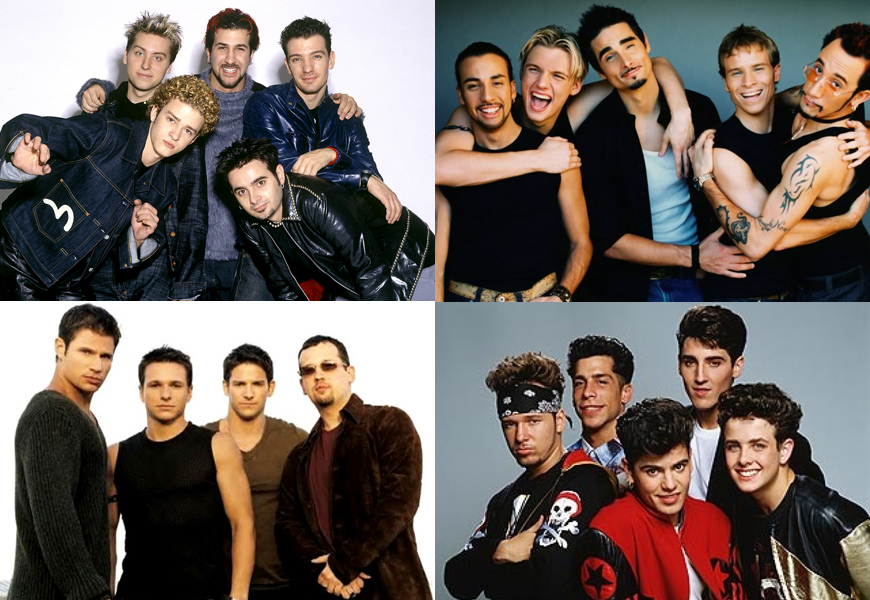Sunny weather = a perpetual layer of sunscreen from head to toe.
Humidity = healthy helpings of gel and paste to keep you hair’s style in shape.
Heat = increased access to swimming pools, oceans etc, a.k.a: chlorinated and salty waters.
You and your scalp = not looking or feeling so great.
Dry, tight and flaky. It’s what you scalp typically tends to look and feel like this time of year. And while it may be dandruff—the result ofa fungus called malassezia globosa, which feeds off of your scalp’s natural oils and then releases fatty acids that initiate inflammation of the scalp, itching and flaking—most likely you’ve just worn your scalp out.
“Overuse of sun and styling products creates a build up on your hair and scalp,” explains Daniel Naumovski, L’Oréal Professionnel artist and co-owner of TAZ Hair Co. in Toronto. “The end result can look and feel a lot like dandruff, because your scalp might feel itchy or even be flaky.”
Add in chlorine, sweat build up and environmental pollution from spending 24/7 outside on tennis courts, bike paths, in pools and on patios and you’ve got summer seasonal scalp issues. Luckily it’s a quick fix.
Step 1: Book an appointment at the hair salon
Naumovski recommends your first step be an appointment at the hair salon to get a cut and deep cleansing scalp treatment. “You want to freshen up your look and get rid of dry ends,” he explains. “A good salon can also help treat your scalp with specialized treatments and shampoos to help remove the layers and build-up that’s on it and your hair.”
Step 2: If you add colour to your hair, do it last
If you like to add a touch of colour to your hair, do it after your scalp has been thoroughly cleansed, “otherwise you’re just adding another layer of chemicals onto your hair and scalp,” says Nauovski. “This will make your scalp more irritated, causing increased oil production and build up and possibly flaking.”
Step 3: Buy a cleansing/clarifying shampoo
Different from your regular, every day go-to shampoo, cleansing and clarifying shampoos (also known as detoxing, purifying and deep cleansing), help lift away residue from sunscreen and styling products, pollution, cigar and cigarette smoke, mineral deposits from hard water, and the chlorine and other chemicals that stick to hair in a swimming pool, and of course, excess oil. “These shampoos have been specifically formulated to contain a larger amount of surfactants, the cleaning agents that get your hair and scalp as clean as possible, than regular shampoos,” says Naumovski. “So using one once or twice a week maximum can be very beneficial.” Word to the wise, don’t use your deep cleansing shampoo every day as over-usage can strip your scalp and hair of the natural oils it needs.
Step 4: If the itching and flaking don’t stop, check in with your hair stylist
If you’re still experiencing a sensitive scalp and seeing white flakes on your clothes and along your hair’s part line, check in with your stylist for a consultation and a conversation. “At this point, you’ve covered the bases and shouldn’t have a build up of summer fun on your scalp any more,” says Naumovski. “A qualified stylist will be able to tell you if you have dandruff and then outline what your next steps should be.”












